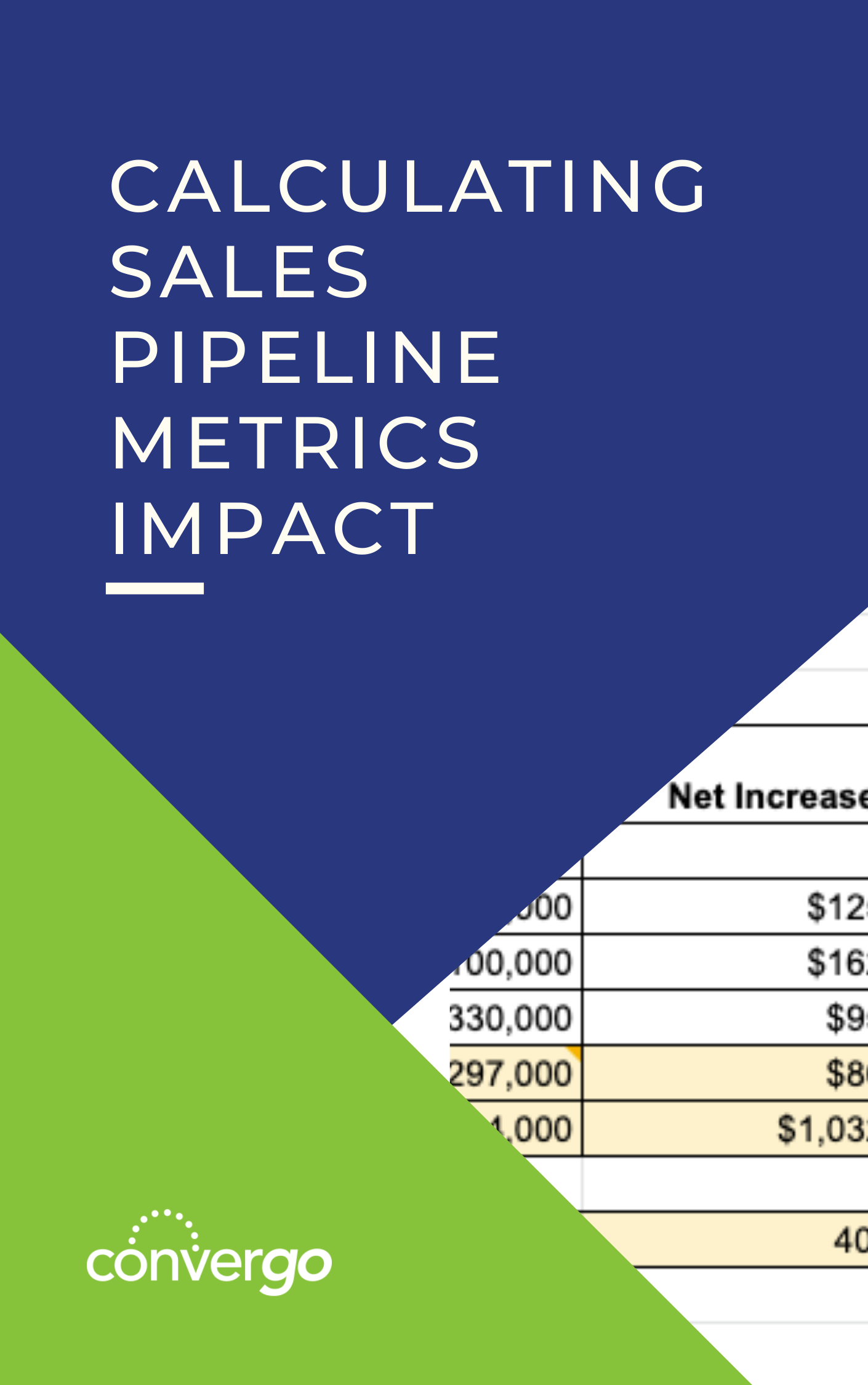3 traps to avoid when selecting the right sales metrics are:
- Failing to consider the quality of the prospect
- Starting from the beginning
- Not considering the big picture.
Failing to consider the quality of the prospect
Quality prospects, or Ideal Prospects as we like to call them, are the ones that can buy everything that you sell and that your operational team is optimized to serve. Given the fact that they can buy everything that you sell, it takes fewer Ideal Prospects to reach your revenue goals.
Using metrics like # of proposals given, # of demos without weighing the quality of the opportunity can be unhealthy for the business. If a sales rep is expected to deliver X number of proposals, then they may chase opportunities that would turn into headaches for your operational teams to serve downstream.
Working with a prospect to the point of delivering a proposal is very time consuming and, depending on the internal resources used, potentially very expensive. If the quality of the prospect is taken into consideration towards the top of the funnel, suboptimal opportunities are qualified out early on. Then, the sales team can focus more on turning Ideal Prospects into Ideal Clients that your team will be happy to bring onboard.
Starting from the beginning
As Stephen Covey penned: Start with the end in mind! Developing random sales metrics that are not connected to the revenue goals of the business is a mistake. As we just established, it is easier to meet your revenue goals by focusing on bringing on Ideal Clients/Prospects. So, how many Ideal Prospects do you need to hit your revenue goals? That is a good place to start!
From there, work your way backwards through the sales cycle/funnel and you should be able to determine the lagging, leading, and activity metrics that you should be tracking.
Not considering the big picture
Reducing the amount of time it takes to close an Ideal Prospect can have dramatic results. Removing friction that prospects have as they navigate their buying experience is the key to doing this.
In order to see where the most friction exists, you need to have metrics in place throughout the entire prospect experience/sales process. That way, you know where you need to take action to remove the friction.
Conclusion
If you are able to avoid these 3 traps, the effect on the business can be enormous. In the end:
- It will take you fewer Ideal Prospects to meet your revenue goals.
- It should take you less time and effort to win business. Yes, this might mean you need fewer sales reps as well!
How effective are your sales metrics? Download the Sales Pipeline Metrics Impact Worksheet to calculate the impact of improving your conversion rates.





